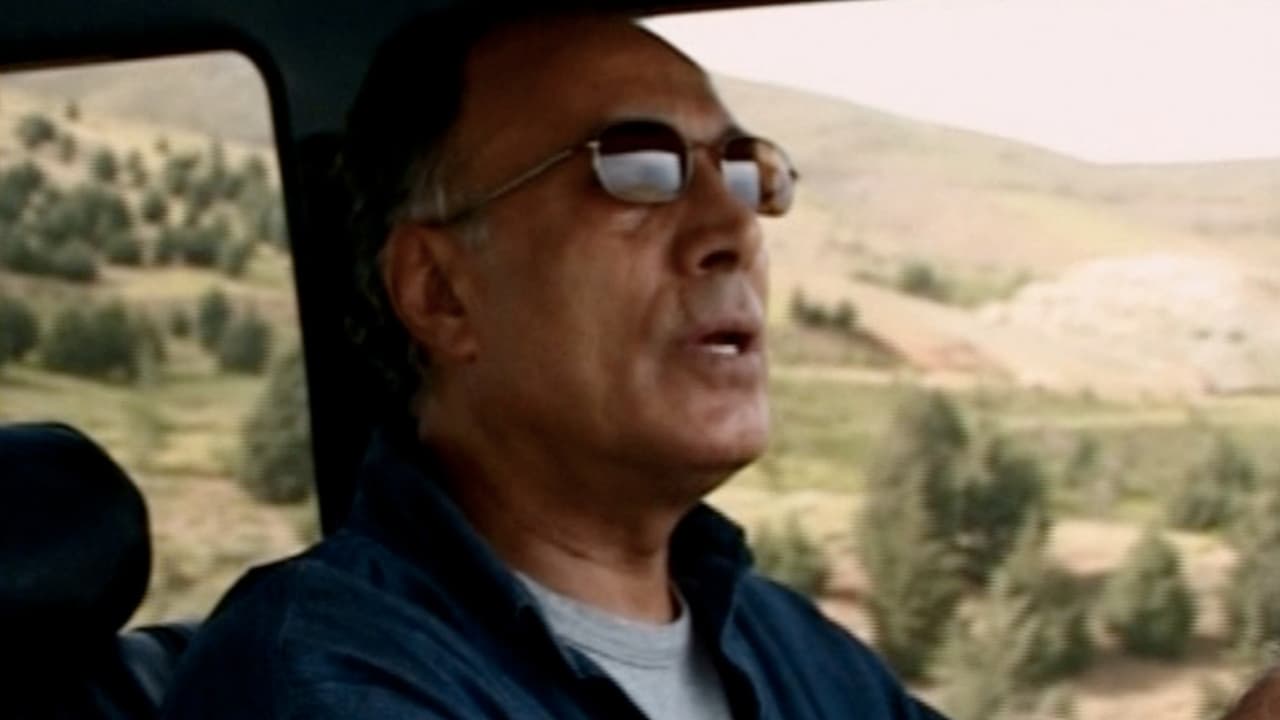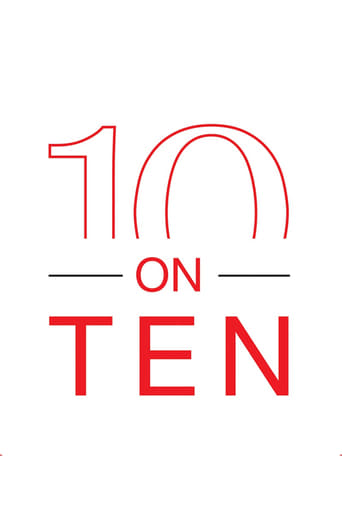Exoticalot
People are voting emotionally.
Comwayon
A Disappointing Continuation
FirstWitch
A movie that not only functions as a solid scarefest but a razor-sharp satire.
Tayyab Torres
Strong acting helps the film overcome an uncertain premise and create characters that hold our attention absolutely.
Red-125
10 on Ten (2004) is a documentary written, directed, and starring the great Iranian director Abbas Kiarostami. Kiarostomi directed the film Ten in 2003. 10 on Ten is presented on the same Zeitgeist DVD as Ten. We wouldn't have sought out this movie, but we watched it because we like Kiarostami's work, and we obviously had easy access to the film.The movie takes place entirely within Kiarostami's car, and is divided into ten parts. Ten also takes place entirely within a car, and is divided into ten parts. However, 10 on Ten isn't just concerned with the movie Ten. Kiarostomi gives us an overview of how he makes movies. Sometimes he references Ten, but other times he speaks about other films he's made.Kiarostomi tells us that he never went to film school. He is entirely self-taught, and he points out that some of his methods are unorthodox and might not work for another director. The topics he covers are basic, not esoteric: camera, subject, script, location, etc. However, as simple as the headings are, the information he presents to us is sometimes esoteric and difficult to grasp. (At least, I found it difficult to grasp.) Still, I understood more than enough to make me glad I had watched the film.This isn't a movie for everyone. However, if you're a Kiarostami fan, or if you're interested in how a director thinks when he or she is making a film, then you'll enjoy 10 on Ten.I believe that the movie Ten is definitely worth seeing. Once you've sought out and seen Ten, you could consider watching 10 on Ten. If you don't like it after the first two or three chapters, just hit eject. If you like the movie, watch it to the end. It should work as well on DVD as it would on the large screen.
Pierre Radulescu
It seems to me that Kiarostami has always the impulse to follow up his movies. Once the work is done he feels some irrepressible need to come back to the place, to look at the people there, to meditate on the verisimilitude of what he has done; to compare the reality with his image; and to understand how people there feel about the way they came into picture.Actually his movies are meditations about the extent to which cinematic art expresses reality, also meditations about how reality reacts to its cinematic representation: movies meditating on themselves.It is natural for Kiarostami to follow up this process through a new cinematic story about the movie and the reality it tried to represent. And the process goes on: 'Where is the Friend's Home' was followed by 'And Life Goes On', which in turn was followed by 'Through the Olive Trees'. As his movies always blur fiction and documentary, I would say that to a certain extent a new work of Kiarostami is also a documentary about a previous one. Sometimes the documentary is obvious, some other times it is much more discreet, but always a new movie of Kiarostami echoes a previous one.And so, after 'Ten' came (not immediately) '10 on Ten', which is the Mother of all Kiarostami's Documentaries: the master takes his whole world of cinema, decomposes this world in its primary components and puts each component before us. Imagine the Master of the Space teaching us about Length, about Width, about Height, and about Time!
Omar Mouallem
This isn't so much a documentary as it is an 80 minute class with Iranian auteur Abbas Kiarstomi. Using his movie "Ten" as an example, he breaks down his theory of filmaking in 10 chapters, ranging from his preference of camera, to his take on character and directing.Don't expect a doc with include scenery and talking heads. There is only one talking head, Kiarstomi's, as it drives cross countryside alone. But that's the beauty of this. It was just him and a camera and some free time.He's talking directly at us. Giving us a very personal talk that would otherwise take place in his head.Kiarstomi is an ego-centric who says something profound and knows it. Sometimes he says something hilarious and doesn't. But he is honest and proud, with a confidence worthy of envy. At the end of the film he promises us some scenery. He gets out of the car, living the window open to a blurry tree. And then you hear him, peeing, somewhere off camera.
sixhat
In this movie, Abbas Kiarostami gives the spectator an outstanding personal view of what is Cinema, how it can be simple and what it isn't or shouldn't be. This is a lesson for those who study cinema and for those who see cinema. An must see if One wants to understand more about movies, and more about the Abbas Kiarostami career. The movie is divided in a series of small episodes, small lessons if you prefer, that cover all the aspects of movie making, from the actors, to the accessories, going through sound and image, and ending with the role of the director and a vision of what is the actual state of cinema. Abbas Kiarostami, reflects, as he drives is four wheel drive, in the scenery of one of is movies, on the condition of cinema, and tryst to give young students material for a profound reflection on each one's work.

